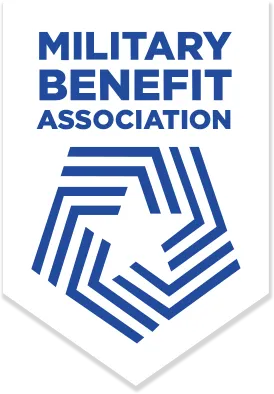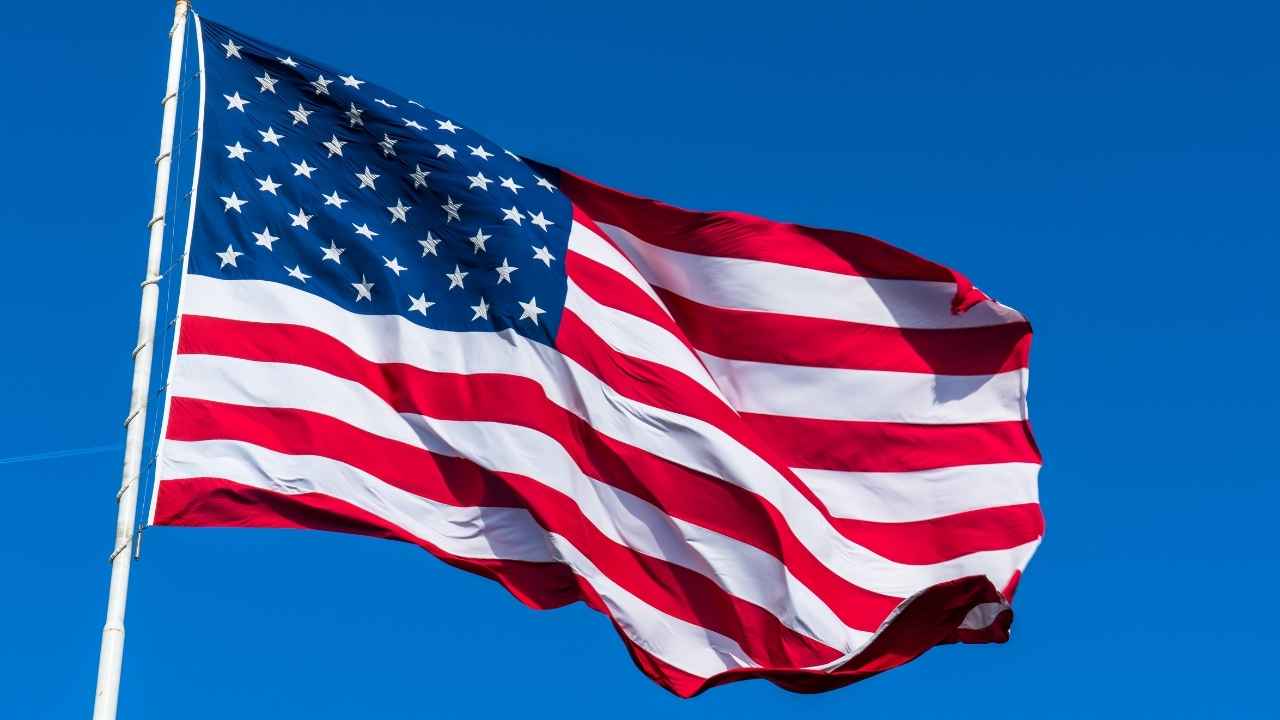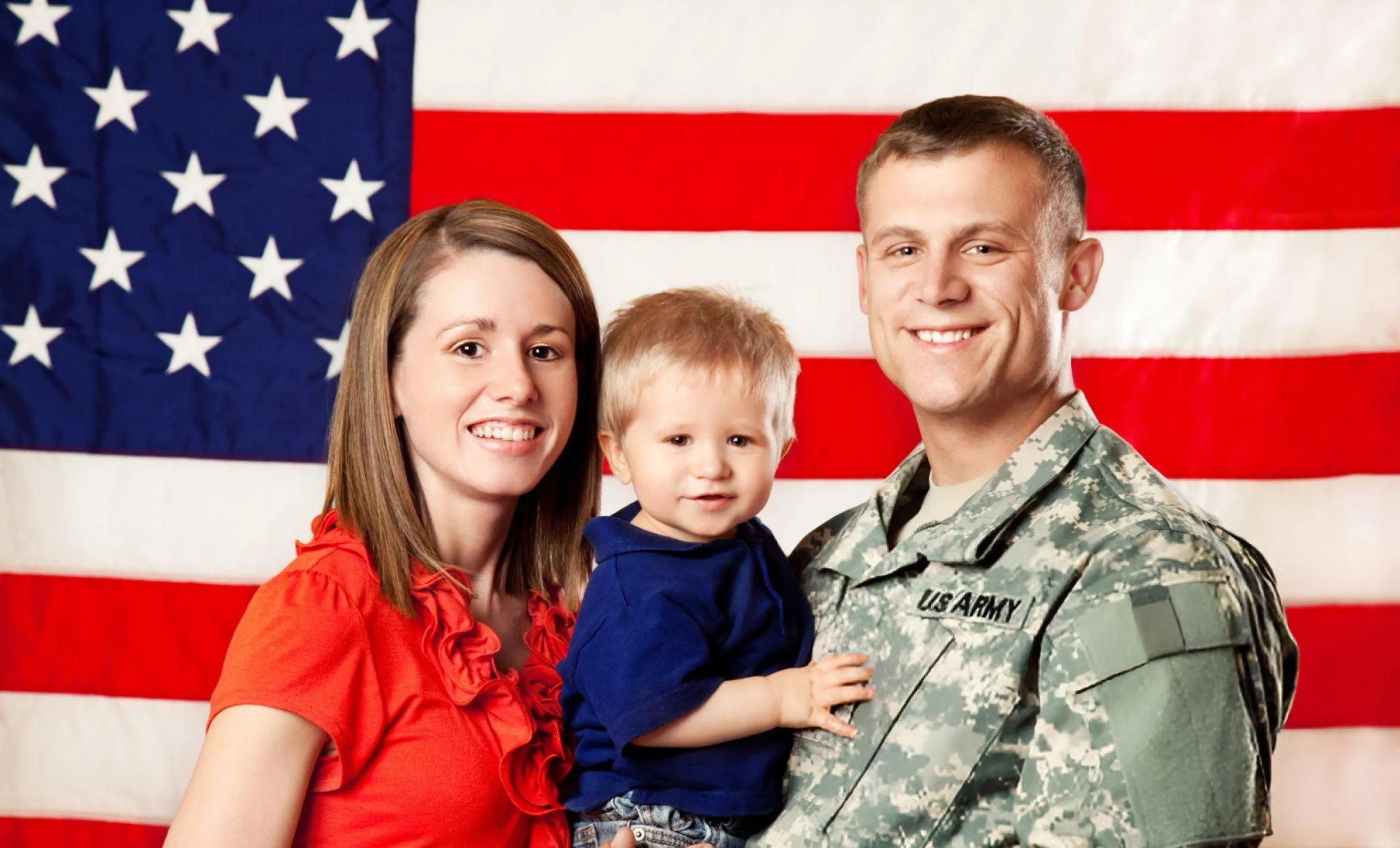In 2025, seeing an American flag flown upside down raises many questions. Is it a sign of disrespect, a silent protest, or something else? For both military personnel and civilians, the upside-down flag has deep meanings, mainly in military settings. This article will explore the history, symbolism, and rules of flying the American flag upside down in the military.
We will look at the flag on uniforms and at military funerals. We’ll discover the traditions, laws, and cultural importance of this symbol. Let’s dive in.
What Does an Upside-Down American Flag Mean?
Flying the American flag upside down is a distress signal in the U.S., based on maritime tradition. The U.S. Flag Code (4 U.S.C. § 8(a)) says the flag should only be flown upside down in extreme danger. In the military, this is rare but very meaningful.
Historical Context of the Upside-Down Flag
The tradition of using flags as distress signals started before the U.S. military. Sailors in the 18th and 19th centuries used it to signal emergencies, like shipwrecks. Today, it’s used in different ways, including by civilians in protests. But the military has strict rules.
- Military Usage: An upside-down flag might be flown in extreme situations, like a base under attack.
- Civilian Misuse: Some people fly the flag upside down to protest, which can lead to debates about respect.
Did You Know?
The upside-down flag is not disrespectful when used correctly. It’s a call for help, not a protest against the nation. Misunderstandings happen when civilians protest without knowing its true meaning.
Why Is the Flag Backwards on Military Uniforms?
Many wonder why the American flag patch is “backwards” on military uniforms. If you’ve seen the stars on the right side instead of the left, you’re not alone. It’s not a mistake—it’s on purpose.
The Flag’s Orientation on Uniforms
The U.S. Army, Navy, Air Force, and Marine Corps have rules for flag patches, as stated in Army Regulation 670-1. The flag is worn with the star field facing forward, as if carried into battle.
- Symbolism: This shows the flag leading the way, symbolizing progress and courage.
- Right Shoulder Placement: On the right shoulder, the stars face forward, making it look “backwards”.
Expert Tip:
Examine a soldier’s uniform closely. The flag patch on the right shoulder is reversed, but on the left, it’s normal. This ensures the flag always moves forward in spirit.
Flag Orientation by Military Branch
| Branch | Flag Patch Placement | Orientation | Regulation |
|---|---|---|---|
| Army | Right shoulder | Stars forward | AR 670-1 |
| Navy | Right sleeve | Stars forward | NAVPERS 15665I |
| Air Force | Right sleeve | Stars forward | AFI 36-2903 |
| Marine Corps | Right sleeve | Stars forward | MCO 1020.34H |
Military Flag Protocols and Traditions
The American flag is very important in military culture. It is displayed on bases and given at funerals. These customs show its deep meaning.
Military Funeral Flag Presentation
At a military funeral, the flag is placed over the casket. It is then folded into a triangle, with only the stars showing. This is a way to honor the fallen.
- Who Receives the Flag? The flag goes to the next of kin, like a spouse or child. It shows thanks for their service.
- Folding the Flag: The flag is folded 13 times. Each fold has a special meaning, like honor and unity. The VA has rules for this.
Myth vs. Fact:
Myth: Only one family member can get the flag at a funeral.
Fact: The flag goes to the main next of kin. But if there are many eligible, the family chooses who gets it.
Displaying Military Flags
Flags of the U.S. military branches are often seen on bases and in homes of service members. The order of these flags is important.
- Order of Military Flags: The order is Army, Marine Corps, Navy, Air Force, Space Force, Coast Guard. This is from left to right.
- Display Cases: Display cases for folded flags are popular. They are made of wood or glass and can be bought from VA-approved sellers.
Military Branch Flags and Their Meanings
| Branch | Flag Colors | Symbolism |
|---|---|---|
| Army | Green, white, black | Strength, readiness, heritage |
| Navy | Blue, gold | Maritime power, honor |
| Air Force | Blue, silver | Sky, technology, vigilance |
| Marine Corps | Scarlet, gold | Courage, sacrifice |
| Space Force | Black, silver | Space exploration, defense |
| Coast Guard | White, blue, red | Maritime safety, security |
The Black American Flag in Military Culture
The black American flag, often seen as a single color, has caught the eye of the military. But what does it signify?
- Symbolism: The black flag is not an official military flag but is sometimes used to signify “no quarter” (no surrender) or to honor fallen soldiers. It’s also associated with tactical or special operations units.
- Controversy: Some view it as a symbol of defiance or protest, leading to debates about its appropriateness.
Did You Know?
The black flag has no official status in the U.S. military, but its use in popular culture and by some units has made it a recognizable symbol of resilience.
Military Camouflage and the Flag
Military camouflage patterns, like the flag, are iconic symbols of service. From urban camouflage to digital patterns, these designs often appear alongside flag imagery.
U.S. Military Camouflage Patterns
As of 2025, the U.S. military uses several camouflage patterns tailored to different environments:
- Operational Camouflage Pattern (OCP): Used by the Army and Air Force for most deployments.
- Navy Working Uniform (NWU): Type III (green) and Type II (desert) for specific environments.
- Marine Corps Combat Utility Uniform (MCCUU): MARPAT in woodland and desert variants.
Expert Tip:
When purchasing military camouflage gear, such as pants or backpacks, ensure they’re from reputable surplus stores or manufacturers to avoid low-quality replicas.
Why Camouflage and Flags Go Hand-in-Hand
The flag often appears on camouflage gear, from patches to painted designs on vehicles. This pairing symbolizes national pride in the face of adversity.
- Patches: The American flag patch is standard on most camouflage uniforms, reinforcing unity.
- Symbolism: Combining the flag with camouflage reflects the military’s dual role as protectors of the nation and warriors in diverse environments.
Common Questions About Military Flags
Here are answers to frequently asked questions about military flags, based on 2025 protocols and trends:
- Can you unfold a military funeral flag? Yes, but it’s considered disrespectful to unfold a flag presented at a funeral unless for ceremonial purposes, such as displaying it in a case.
- Does Six Flags offer military discounts? Yes, Six Flags parks, including locations in Texas, New Jersey, and St. Louis, offer military discounts. Check Six Flags’ official site for details, as discounts vary by park and season.
- Why are flags reversed on military uniforms? As explained, the reversal ensures the star field faces forward, symbolizing forward movement.
Top 5 Places to Buy Military Flags in 2025
- VA-approved vendors for funeral flags
- Flags USA for branch-specific flags
- Amazon for affordable options (search “military branch flags”)
- Local military surplus stores for authentic gear
- U.S. Flag Store for high-quality displays
The Future of Military Flag Traditions
As of 2025, military flag protocols remain steeped in tradition, but evolving cultural and technological trends are shaping their future. For example, digital displays of flags on screens or holographic projections are becoming more common at military events, raising questions about how to maintain respect for virtual symbols.
- Trend Prediction: By 2030, we may see updated flag protocols to address digital displays and augmented reality uses in military ceremonies.
- Cultural Shifts: Debates about flag symbolism, like the black flag or upside-down displays, will likely continue as society grapples with free expression versus respect.
Expert Tip:
If you’re displaying a military flag at home, invest in a quality flag display case to protect it from damage and honor its significance.
Honoring the Flag’s Legacy
The American flag, whether flown upside down in distress, backwards on a uniform, or folded at a funeral, is more than a piece of cloth—it’s a symbol of sacrifice, unity, and resilience. In 2025, understanding these traditions helps us appreciate the military’s role in protecting our nation. Whether you’re a veteran, a family member, or a curious citizen, respecting the flag’s protocols ensures its legacy endures.
What’s Next? If you’re moved by the flag’s symbolism, consider visiting a local military museum or purchasing a flag display case to honor a loved one’s service. Let’s keep the conversation going—share your thoughts or questions below!




